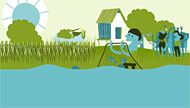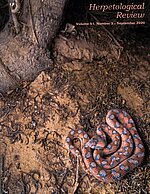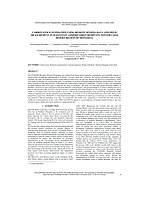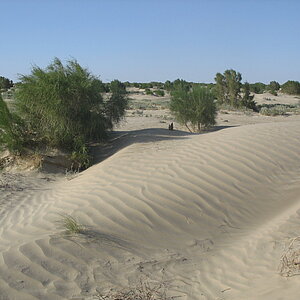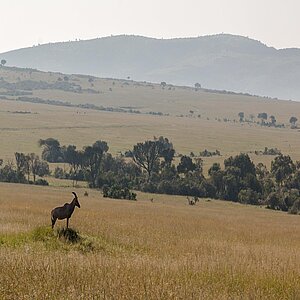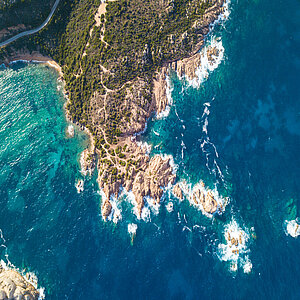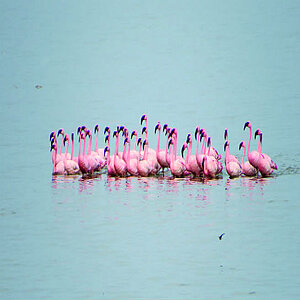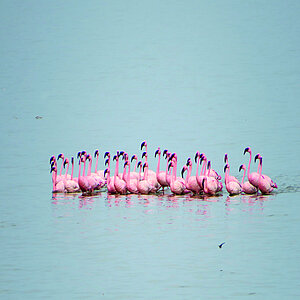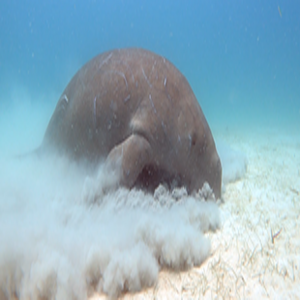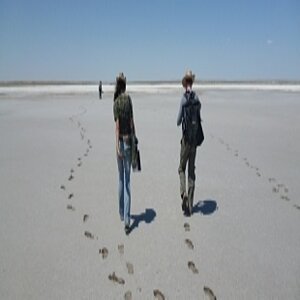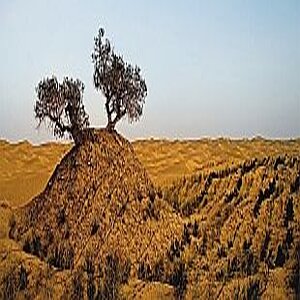Protection of migratory species
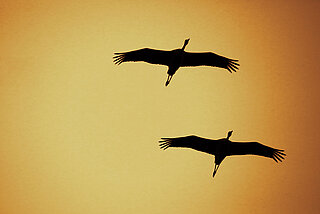
The focus of the 13th Conference of the Parties to the Convention on the Conservation of Migratory Species of Wild Animals (UNEP/CMS) in Gandhinagar, India, is on linking ecosystems to enable migratory species go on their vital migrations.
Although it is still winter, the cranes can already be seen and clearly heard in the sky, as they fly from the warm south of Europe on their way to Scandinavia, a journey of several thousand kilometres.
Besides birds, mammals, fish, insects and even reptiles migrate either as individuals, in smaller groups or huge herds in search of food, shelter or breeding grounds. At the same time, they play an important role in the ecosystems, for example bats that pollinate plants and spread their seeds on their migration routes.
However, their migration routes are highly endangered due to human activities such as hunting or the decline of intact ecosystems that the animals need throughout their journey.
13th Conference of the Parties to the Convention on Migratory Species of Wild Animals
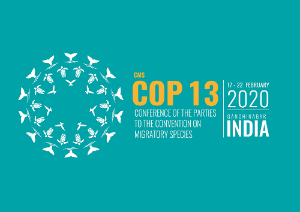
It was with this in mind that Germany initiated the Convention on Migratory Species of Wild Animals (UNEP/CMS) that came into force in 1983. By the end of November 2019, 130 states had signed this convention.
Every two years, the member states meet for a Conference of the Parties (COP) to discuss the most urgent issues and further improve the protection of migratory species. The current COP – COP 13 – is taking place as from 17 - 22 February in Gandhinagar, India, and will focus on linking ecosystems, as the loss and fragmentation of habitats are one of the main threats to migratory animals.
Besides, the loss and fragmentation of habitats also endanger biodiversity worldwide. The main couse being human activities such as the construction of roads, railways and fences, the sealing of land and increasing urbanisation. These infrastructures increasingly cut through the landscape and interrupt the routes of migrating animals.
IKI supports the protection of migratory species
The International Climate Initiative (IKI) supports the protection of migratory species through its funding programmes. The focus of these projects is the conservation of ecosystems that are vital for a varied number of affected migratory species.
The project “Climate-resilient site network in the African-Eurasian flyway” implemented by the Dutch organisation Wetlands International supports the conservation and restoration of wetlands in Mali and Ethiopia. These wetlands serve waterbirds on the African-Eurasian flyway as habitats during their migration. The project activities help to create a network of protected areas. These areas do not only help the birds but also provide new sources of income for local communities because restored ecosystems are interesting tourist destinations. Protecting and renaturing wetlands such as moors also helps to reduce local greenhouse gas emissions. Moreover, the lessons learned in the project serve as an example for other countries.
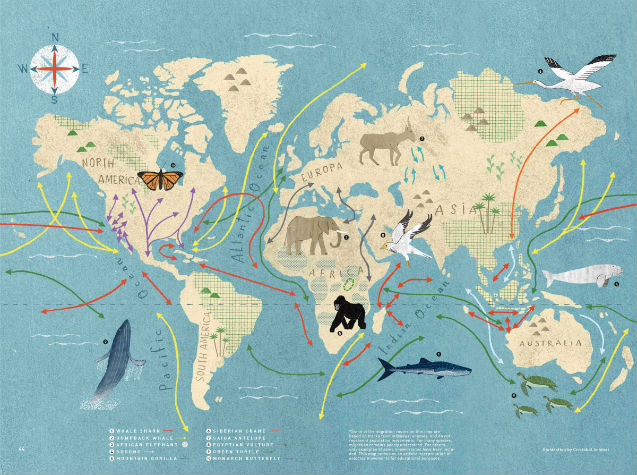
In Central Asia, huge herds of Saiga antelopes, Asian donkeys and Mongolian gazelles migrate between different habitats. This region boasts of the largest intact and connected grasslands in the world that serves as a source of food for migratory animals. However, the deserts are increasing at the cost of the grasslands. Here, too, the degradation of land is due to human activities, as the available wood is used as a source of energy. Other activities such as livestock farming and the construction of extensive infrastructures threaten the existing ecosystems. To address this issue, the IKI project “Central Asian Desert Initiative (CADI) - Conservation and adaptive use of winter cold deserts in Central Asia” promotes sustainable land use planning involving the local population in the conservation of grasslands. The project is also aimed at establishing new protected areas and UNESCO World Heritage Sites.
In contrast to this project, the focus of the IKI project “Protection of biodiversity, seagrass ecosystems and their environmental services - food security and ensuring the resilience of vulnerable coastal communities in a changing climate” is on marine ecosystems, specifically seagrass beds. Seagrass ecosystems all over the world make an important contribution to binding carbon stored in ocean sediments. At the same time, seagrass beds provide various sources of income for up to one billion people. Besides, the plants are the most important source of food for the highly endangered dugongs. These mammals embark on journeys of several hundred kilometres, even though the reasons for their migration have not yet been discovered. The IKI project therefore aims at the conservation of these ecosystems. To achieve its goal, the project team collects up-to-date data on the seagrass beds in the waters of the project countries Indonesia, Malaysia, the Philippines, Thailand and Timor-Leste. It also develops sustainable economic models that combine productivity and the conservation of biodiversity.
Intact ecosystems are also essential for humans
These three examples show how important a network of intact ecosystems is for the survival of different migratory species and how diverse the approaches to their protection are within the IKI. However, these species are not the only ones that need intact ecosystems. These systems are also essential for human beings, for example, for water supply or as protection against flooding. These ecosystem services are also becoming increasingly important to mitigate the consequences of climate change.
The link has been copied to the clipboard
Contact
IKI Office
Zukunft – Umwelt – Gesellschaft (ZUG) gGmbH
Stresemannstraße 69-71
10963 Berlin





